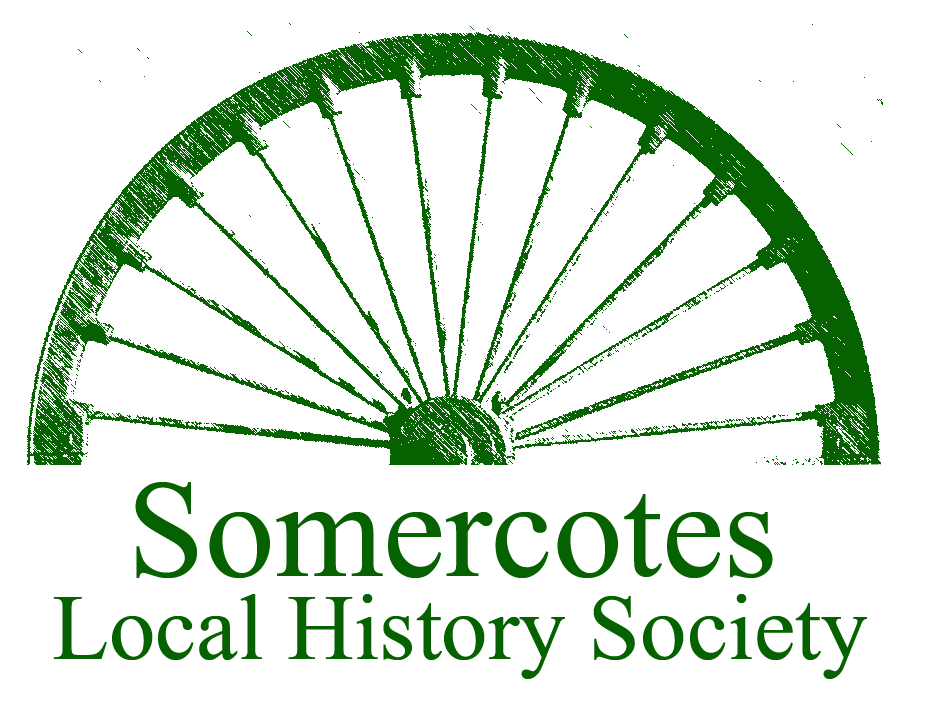






Girls Training Corps, Company 646, Somercotes Infants School, 1942
by Hazel Mors on
Thursday 21 April 2016
My Mum; Freda Edna Culley, known as Edna, was one of these cadets training in Somercotes during 1943-1945, company 646. The following photos have been passed down to me from my Dad. My Mum worked in Cotes Park Pit canteen, where she eventually met my Dad, Raymond Henry Allen a Bevin Boy sent from Broughton in Northamptonshire during WW2.
PHOTO: Back row, left to right: Lois Upton, Joyce Dexter, Barbara Parker, June Meeks, Joan Key, Edna Cully, Betty Jones, unknown, Elsie Hodgkinson, Betty Schofield; front row, left to right: Irene Hunt, Joan Whitehouse, Margaret Storer, Ethel Froggett, Miss Marsden, Dorothy Littlewood, Barbara Frog, Margery Scott, Margaret Mathews. PE Teacher was Doug Barrett. Location: Victoria Street - Nottingham Road.
The Girls Training Corps was set up by the board of education in 1939-1945 during WW2. On leaving school these girls were not old enough to enlist for the forces. The Girls Training Corps was a stop gap, giving them the opportunity to have a taste of military life, to experience, seemingly a mixture of Army, Navy and Air force training, preparing them for a life in the forces, also the hardship of war. When of age many of these girls moved on to join up. The objective of the training corps was to train each cadet for service to their community, both as women and citizens, also to show her the opportunities when trained; for immediate service to King and Country.
The National Association of Training Corps for Girls was formed as the umbrella organisation responsible for the GTC (Girls Training Corps) GNTC (Girls Nautical Corps) and the WJAC (Women’s Junior Air Corps) later on after the war the GTC and WJAC amalgamated to become the Girls Venture Corps. The GTC was disbanded and wound up in 1948. The main reason being that after the war there seemed to be a lack of interest, need and motivation.
Their uniform consisted of Black shoes, Navy skirt, White blouse, Navy tie, GTC badge and Navy forage hat/ chip bag hat. School playgrounds became their parade ground; company 646 used Somercotes Infants School. They became proficient in marching, often displaying this on parades through the streets. Many of the groups had a Sergeant Major training them. For exercises and keep fit they had a PE Teacher. Somercotes PE Teacher was Doug Barrett, My Step mum who is now 92 remembers him well. Typical training was on homemaking, craftsmanship, public affairs. Lectures were given by the Red Cross on home nursing, first aid, practical bed making, ambulance work, stretcher bearing and sanitation. They were also taught leadership skills, etiquette, and an insight into local government, map reading and Morse code to enable them to deliver messages on their push bikes in time of War or in the event of invasion. They were apparently even trained to fire a rifle.
Hazel Mors (Chairman of Somercotes Local History Society) for and on behalf of SLHS
